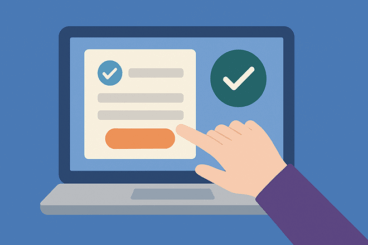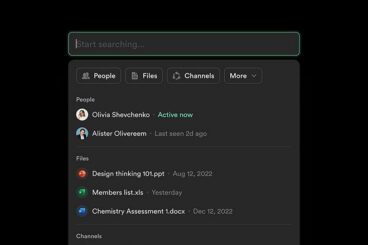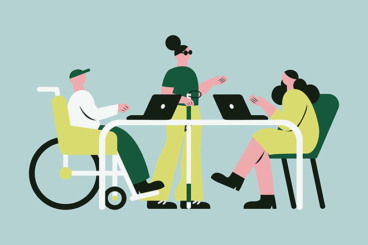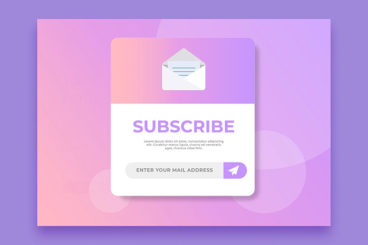
Accessibility / 20 Jun 2025
Designing Accessible Forms: Small Fixes, Big Impact
Accessible forms are a crucial part of inclusive design.
They help ensure that everyone, whether using a keyboard, screen reader, voice input, or assistive device, can complete the same tasks as any other user.
But too often, forms are designed without considering how users of all abilities will experience them. The result? Frustration, mistakes, and even abandonment.
The good news is that improving form accessibility doesn’t require a complete redesign. In fact, small adjustments can make a huge difference.
In this post, we’ll explore practical ways to make your forms more accessible, easy to use, and user-friendly for everyone.










